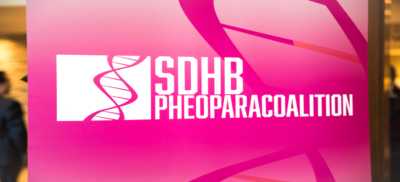Our Mission
Resources
Our mission at the SDHB PheoPara Coalition is to provide resources to both patients and healthcare providers. Through our website and organized events, we provide information on these devastating diseases and what specifically is being done that could benefit patients both now and in the future. We provide information on the disease itself, treatment centers and can often put a patient in touch with a qualified and experienced physician or center in their area.
Research / Grants
The SDHB PheoPara Coalition is active in sponsoring and supporting research in this underserved area with the hope of finding better treatment options and/or a cure. Grant applications are carefully vetted to ensure that the research and projected outcomes will have a benefit on the SDHB germline mutation and its specific impact on patients. Typically, we have in the past or are currently supporting two or three major studies in this regard.
Awareness
Pheochromocytoma’s and Paraganglioma’s are indeed rare tumors when compared to other well known cancers and so it is very important that we continue to shine the spotlight on these devastating diseases. We use various communication vehicles to achieve this goal which include but is not limited to the use of our website, annual gala and fund raising event, sponsoring of educational events and last but not least social media, i.e. Facebook, Instagram, LinkedIn, etc.
Interview with Tim Rothwell
By Award Winning Journalist Danny Levine...
Events and Annual Gala
View event details, register and purchase tickets for upcoming annual gala. (Click on the tiles below for more information)
Current Projects and Latest Update
The SDHB PheoPara Coalition is active in sponsoring and supporting research in this underserved area with the hope of finding better treatment options and/or a cure. (Click below for latest updates. Please use arrows to see more institutions)
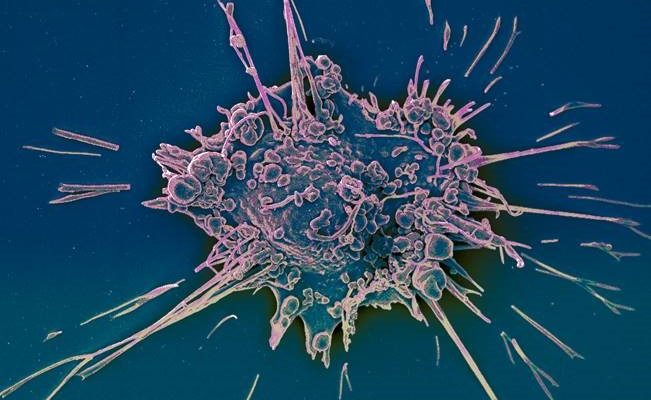
University of Arizona – Lead Investigator Dr. James Bibb
The University of Arizona’s current research supported by the SDHB PheoPara Coalition is to “Develop Diagnostic Biomarkers and Therapeutic Drug Screening for SDHB Mutation Driven Pheochromocytoma”. This research extends previously supported work in which we developed novel animal models of pheochromocytoma (PC) and characterize mechanisms by which SDHB mutations drive tumorigenesis. The rationale for this research is that over just the past few years, we have made major advances in understanding the mechanisms driving PC/PG, generating novel models of the disease, and introducing novel treatment strategies. While we very much wish to continue and expand our mechanistic studies, our overarching ambition is to leverage our discoveries to bring a cure to this disease in the fastest and most direct route possible. This update, hopefully, demonstrates the seriousness of our effort toward this obligation as our highest priority that we share with your organization.
One goal is focused on advancing a biomarker detection system based on the generation of recombinant monospecific antibodies to detect protein phosphorylation sites we showed drive PC cell neoplasia. We showed these biomarkers predicted patient derived xenograft responsiveness to experimental anti-Cdk5. We have completed preclinical studies showing the biomarker detection reagents at the immunohistological level. What will now expand this proof of utility to patient derived pheochromocytoma and paraganglioma tissue and adapt the antibodies to a clinical assay such as ELISA. The goal of this work is to develop a clinical assay to direct anti-Cdk5 therapy as novel precision medicine approach.
We also wish to develop a drug screen to identify novel compounds that target Cdk5/p25 as inhibitors, disrupters of Cdk5/p25 protein-protein interactions, or binding compounds to be developed into targeted protein degradation (PROTAC) reagents. The rational for this is to pursue new classes of compounds that do not have the specificity and toxicity limitations of purine analogs which target the catalytic ATP binding site of the kinase.. Additional components of this research include development of a Cdk5 bioreporter for high throughput screening in SDHB knockout hPheo1 cells. For PROTAC discovery, Cdk5, p35 and p25 degradation reporter systems will be developed in SDHB KO hPheo1 cells. I.e., we will derive stable transfected lines of SDHB KO hPheo1 cells with reporter systems for Cdk5 activity and PROTAC efficacy. Novel compounds that arresting PC cell proliferation will undergo toxicity and pharmacokinetic analysis as early as possible in the process.
We want to bring compounds that show efficacy and safety across the preclinical testing process so that they will receive FDA approval for Phase 0/1 clinical testing as quickly as possible.
These advances and this ongoing work would not be possible without the support of the SDHB PheoPara Coalition, and we are grateful to this foundation for their support in funding our research.
Read More
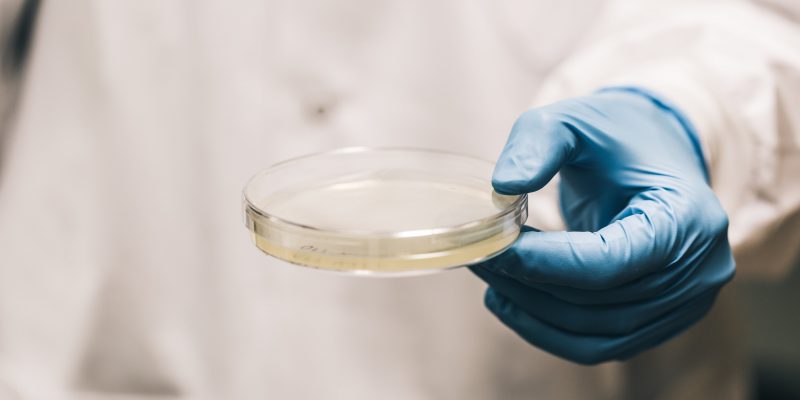
University of Melbourne – Lead Investigator Dr. Richard Tothill
A5 SDHB Genomics Study
The A5 SDHB Genomics study is an ambitious multi-national research project involving comprehensive analysis of metastatic SDHB-associated pheochromocytoma and paraganglioma (PCPG).
The study has these key objectives:
- To elucidate the biology of SDHB PC/PGL by characterizing recurrently altered genes, gene pathways and cell types in tumors.
- To identify either single biomarkers or biomarker gene sets that can predict the likelihood of metastatic progression.
- To identify new therapeutic targets representing single genes, proteins or signalling pathways.
The team is led by A/Prof Richard Tothill at the University of Melbourne, and patient samples and clinical data have been accrued from 12 institutions across six countries. A/Prof Tothill’s team has applied genome-wide multi-omics analysis to more than 100 PCPG tumors including whole-genome DNA sequencing, DNA methylation profiling and cutting-edge single cell analysis. The work has been generously funded by the National Health and Medical Research Council (Australia), Pheo-Para Coalition (USA), Pheo-Para Alliance (USA) and Paradifference (Sweden).
A recent study published by the team in the journal Nature Communications described analysis of PCPG tumors using single-cell genomics. The method enabled simultaneous gene-expression analysis in thousands of individual cells from patient tumor samples. The study involved analysis of 30 PCPG tumors representing diverse genetic backgrounds (including SDHB carriers) as well as two normal adrenal tissues totalling more than 109,000 cells.
Key findings from the single-cell genomics study included an elevation of normal cell types associated with blood vessel formation in tumors, which is linked to aberrant hypoxia pathway signalling with some unexpected observations made in PCPG carrying MAML3-fusions, that also have some of these features. Other cell types of interest included immune cells such as macrophages that were abundant in some tumors. A support cell type called a sustentactular cell, commonly seen in PCPG tumors and normal adrenal tissues, were also characterised in great detail. A comparison of cancerous cells found in tumors to normal healthy adrenal chromaffin cells showed associations between tumor genotype and developmental stages in the adrenal gland but that tumor cells also have very unique transcriptional changes based on underlying mutated genes. The team also combined their single-cell analysis with data from 735 tumors profiled using “bulk tissue” analysis to conduct the largest single analysis of its kind to date. The data was used to refine molecular subtypes of PCPG and find gene-expression changes associated with metastatic progression in SDHB-associated PCPG. Finally, promising new diagnostic and therapeutic targets were identified, including the G-protein couple receptor GPR139, that had elevated expression in pseudohypoxic PCPG including metastatic SDHB-associated PCPG.
Further analysis of the other data types generated during the A5 SDHB Genomics Study is still underway and currently being finalised for preparation of manuscripts. The data will be valuable resource made available to other researchers once published. Indeed, the single cell genomics data has already been made publicly available to other research groups for their own analysis.
Read More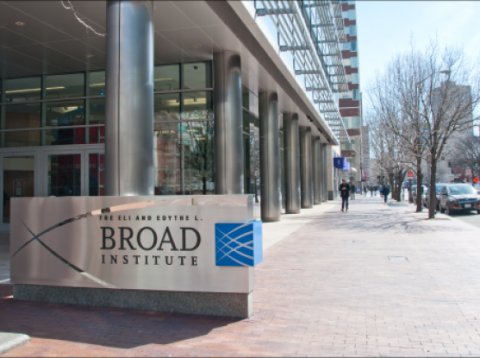
The Broad Institute – Project Lead, Bill Sellers
Rare Cancer Dependency Map Initiative
Thanks to the generous support of our partner organizations, three years ago the Broad Institute of MIT and Harvard launched an initiative to address key knowledge gaps and accelerate therapeutic discovery across rare cancers. The ultimate goals of this effort, the Rare Cancer Dependency Map Initiative, are to (1) leverage our established fresh tissue acquisition pipeline for any patient with a rare cancer to donate living tissue for the derivation of patient models, and
(2) create a leading rare cancer translational research platform focused on systematically identifying drug repurposing hypotheses and genetic dependencies of rare tumors. At the end of these 3 years, we feel we have made significant progress among the consortium as a whole.
After three years of this Initiative, we’d like to express our gratitude for our partners’ support. The following 3 foundations were involved in providing research support for our Rare Cancer Dependency Map Initiative:
- ParaDifference Foundation
- PheoPara Alliance
- SDHB PheoPara Coalition
Pheochromocytoma and Paraganglioma Update – July 2022
Though we did not generate any long-term cancer cell models for pheo/para diseases, our ultimate goal was to apply the past 8 years of the CCLF team’s model derivation experience and determine the feasibility of growing cancer cell models for pheo/para (PCPG) diseases. To achieve this, we focused on onboarding and identifying high quality viable tumor samples as well as systematically iterating model derivation strategies.
Summary & Conclusion
Listed below is a summary of all milestones to date:
- We have established a tissue acquisition pipeline to rapidly acquire patient samples from the direct-to-patient mechanism through RCRF and have optimized the sample acquisition workflow with Dr. Arthur Tischler. Additionally, all 37 received samples have been fully genomic QC’ed to understand the sample quality and genomic driver events.
- After 3 iterations of rich-media designs in over 153 different conditions, we observed that several growing cultures can be propagated beyond passage 5. We are currently testing different strategies (2D/3D/coating/media boosting) to improve the likelihood of generating long-term cell models that can be shared with the research community in the near future.
- Using the CCLF cancer detection sequencing panel (400 cancer genes and copy numbers), two genomically verified PCPG cell models (currently at passage 10) are currently being expanded to potential long-term models.
We understand this has been a very challenging mission as there are no PCPG cancer cell lines in the world yet; therefore, we worked closely with Dr. Tischler’s group and iterated our strategies from other successful model generation attempts. More work is needed to be done, including optimizing the cell model propagation ability in reducing slow doubling time, in order to have a further understanding of the characterization of cell model fidelity, etc. We thank all three foundations for your wonderful partnership in these efforts for the past 3 years and the entire pheochromocytoma and paraganglioma community for their support of this project.
Read More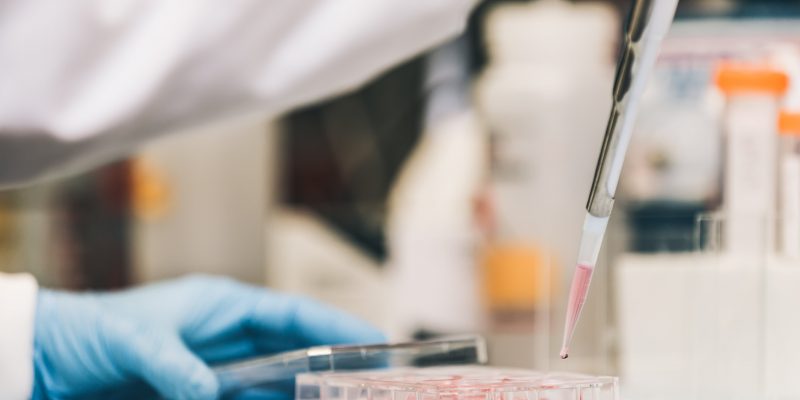
University of Florida – Lead Investigator Dr. Hans Ghayee
The absence of safe and effective treatment for metastatic pheochromocytoma/paraganglioma (PCC/PGL) that is especially prevalent in carriers of deleterious mutations in the subunit B of succinate dehydrogenase complex (SDHB) remains the highest clinical concern. With the support from the SDHB Pheo-Para Coalition, the research team from the University of Florida (UF) undertook a metabolomics approach to compare the metabolite contents of the tumors with and without SDHB mutation. Their analysis of the metabolome in cell lines and patient tumor samples with SDHB mutations demonstrated augmented activity of polyamine pathway upon SDHB deficiency.
In agreement with the metabolomic analysis, inhibitors of the polyamine pathway, N-alkylated polyamine analogues, proved to be remarkably potent against tumor cells with a loss of SDHB function, both in vitro and in the mouse xenograft model. The team is in the process of solving the mechanism on how this works. The goal is to see if compounds targeting the polyamine pathway can be brought to clinical trials in PCC/PGL safely.
Read More
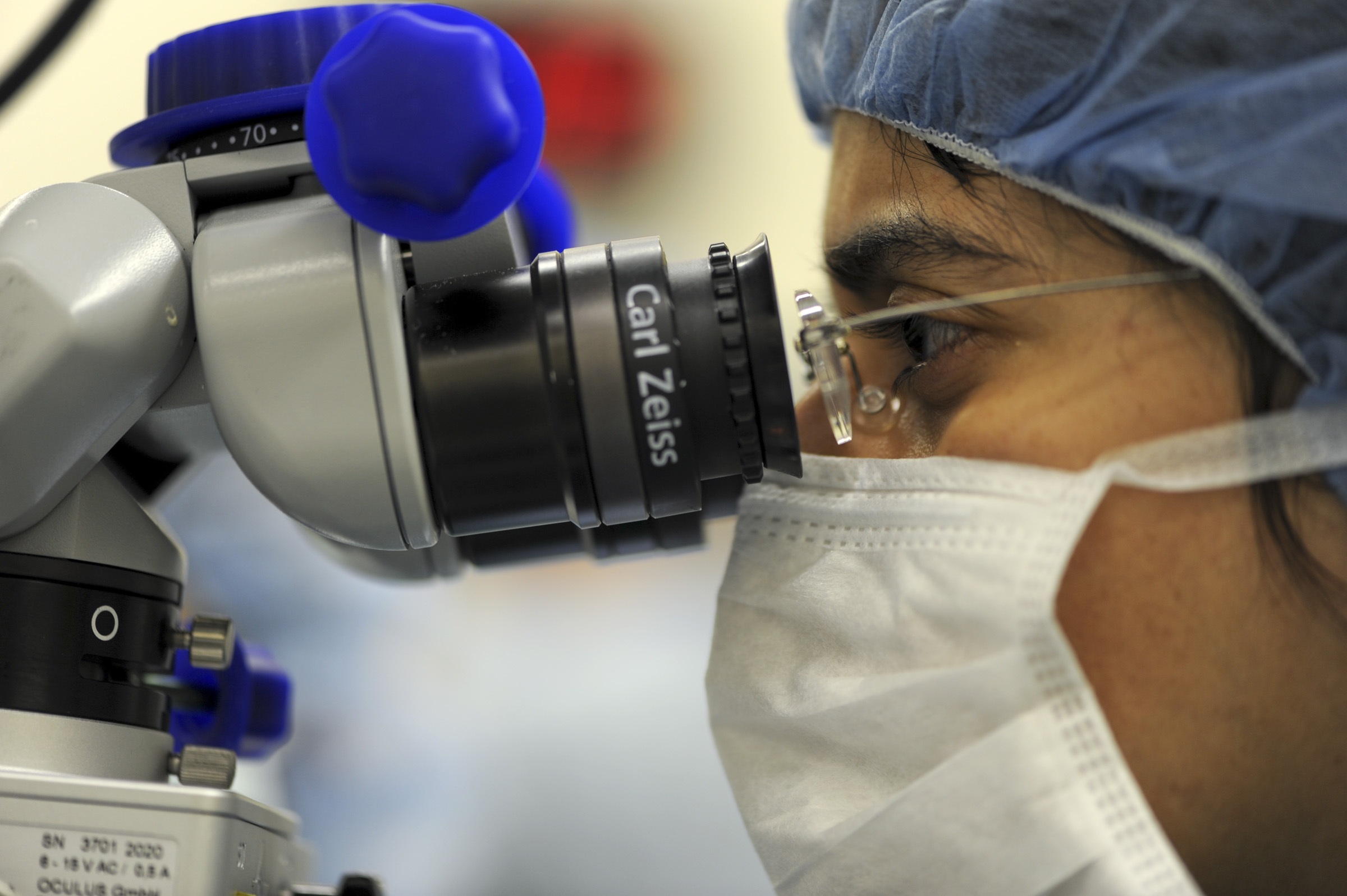
Tufts Medical Center – Lead Investigator Dr. Arthur Tischler
Paragangliomas are rare neuroendocrine tumors that typically arise along the distribution of sympathetic nerves in the abdomen and chest and branches of cranial nerves in the head and neck. A paraganglioma that develops in the adrenal gland is called a pheochromocytoma. Paragangliomas can be caused by hereditary mutations of at least 19 different genes. Those caused by SDHB mutations are particularly aggressive and prone to metastasize. The development of effective treatments has been hampered by lack of valid models for pre-clinical testing and basic research.
The molecular and metabolic characteristics of SDHB-associated PCPG are fundamentally different from those of most other PCPG. Although researchers have attempted for many years to establish cell lines and xenografts from these tumors, until now there has been no model fully representing the distinctive characteristics of the actual tumors that occur in affected patients. Notably, attempts to establish mouse models have been unsuccessful. Using a novel strategy employing rats instead of mice, the Tischler laboratory recently established a cell line and xenograft model called RS0 (for rat Sdhb null), from heterozygous genetically engineered rats with a germline deletion in one Sdhb allele. Extensive, multiinstitutional, collaborative studies published in Endocrine Related Cancer in April 2020 showed that RS0 has lost the normal Sdhb allele, lacks Sdhb protein, and closely resembles SDHB-mutated human paragangliomas genetically and metabolically. It therefore appears to be the first example of a genetically and phenotypically valid model that many researchers in the field have been looking for. Fortuitously, a second model called RS1/2 developed in parallel from the same rat strain has lost the mutated SDHB gene and retains the normal one. RS1/2 may therefore serve as a control for experiments on RS0. Ongoing studies employ the RS0 and RS1/2 models to test prototype drugs using strategies that selectively target the distinctive vulnerabilities of Sdh deficient tumors and to determine the mechanisms of antitumoral effects by querying changes in relevant RNA and protein expression, and metabolic pathways critical to tumor growth. This integrated approach may lead to new strategies for slowing or preventing the growth of PCPG caused by mutations of the SDHB gene and improving the lives of affected patients.
Sdh-deficient paragangliomas are essentially a metabolic disease, characterized by expression of hypoxia-associated genes and altered metabolism that may result in a fragile, energy-compromised state. These characteristics suggest that drugs which compromise energy production or target hypoxic signaling pathways could be effective therapies alone or in combination. studies employing cultured RS0 cells have demonstrated antiproliferative and cytotoxic effects of several candidate drugs. Other laboratories in Australia, Europe and the United States have requested or already received the RS0 model for related studies..
The complete published paper describing the RS0 and RS1/2 models, which includes extensive background information, supplementary data and links to raw data files, can be accessed at https://doi.org/10.1530/ERC-19-0474.
Read More

Columbia University – Lead Investigator Dr. Tito Fojo
Our group is examining SDHB loss in pheochromocytoma in two projects. We have begun contacting patients and families to create a registry in which we will ask patients to contribute blood samples. From these samples, we will look for evidence of succinate excess in an effort to develop an earlier biomarker for the disease. We believe that several signature genes will be downregulated in cells exposed to chronic levels of succinate. In the second project, we have begun looking for drug candidates that could turn off the excess succinate. Such an agent could be treatment for patients with overt malignancy. However, a nontoxic, low dose agent without significant side effects could also be considered as a preventive measure. Our laboratory has screened a large number of compounds in collaboration with the National Center for Advancing Translational Sciences (NCATS, https://ncats.nih.gov/). Several hits emerged from this study and are being validated and pursued. Our overarching goal is to find new treatment options for SDHB-loss pheochromocytoma and to find an option that can be used very early in the natural history of the disease.
Read More
Stanford University – Lead Investigator Dr. Justin Annes
Pheochromocytomas and Paragangliomas (PPGLs) are genetically heterogenous neuroendocrine tumors that frequently occur in the context of an inherited predisposition. Over the past few decades, germline mutations in more than 12 genes have been causally associated with PPGL risk. While PPGLs are often considered to have low malignant potential, metastatic risk is in fact highly variable and strongly influenced by the specific genetic driver. Most notably, PPGLs that result from an inherited pathogenic SDHB gene mutation have substantial metastatic risk, estimated to be ~40-50%. Unfortunately, no effective treatment for metastatic SDHB-related PPGLs exists. Hence, developing a deep molecular understanding of SDHB-related tumorigenesis to enable discovery of effective treatments is an urgent priority. Indeed, a critical step along the therapeutic development pathway is establishment of an animal model that faithfully recapitulates human disease and allows therapeutic discovery. Regrettably, numerous efforts over the past 20 years failed to generate an SDHB-related PPGL mouse model, leading to concerns about feasibility. Despite this sentiment, my laboratory successfully undertook the challenge of generating an SDHB PPGL mouse model. These mice provided several key insights. First, SDHB deficiency is compatible with mouse chromaffin cell viability. Second, although SDHB is a tumor suppressor gene (loss of both copies is required for tumorigenesis), loss of SDHB expression and succinate accumulation are not sufficient for tumorigenesis. Third, SDHB deficiency recapitulates several cardinal features of human SDHB-deficient tumors, including succinate accumulation, mitochondrial swelling/expansion and histone hypermethylation; however, the absence of tumor formation demonstrates the insufficiency of the prevailing “oncometabolite hypothesis.” Fourth, SDHB-deficient tumorigenesis requires disruption of additional, unidentified, tumor suppressor gene(s) that promote cellular replication and enable succinate-dependent cellular reprograming (hypermethylation). Herein, we propose to generate an improved SDHB-deficient PPGL mouse model by identifying missing/unknown genetic driver(s) of tumorigenesis. Additionally, we will leverage our SDHB-deficient PPGL model to explore the therapeutic value of dietary modification (alone and in combination with well-tolerated medications). These experiments have the potential to fill an important gap in our mechanistic understanding of SDHB-dependent tumorigenesis and, possibly, uncover an actionable/testable dietary intervention that slows progression of SDHB-deficient PPGLs.
Read More


